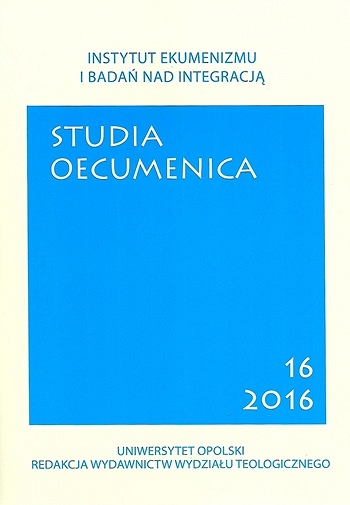Ikony arabskie
The Arabic Icons
Author(s): Dariusz Klejnowski-RóżyckiSubject(s): Christian Theology and Religion, Fine Arts / Performing Arts, Visual Arts, Theology and Religion
Published by: Uniwersytet Opolski
Keywords: icon; Arabic icons; Arab Christianity;
Summary/Abstract: Icon is a form of communication of the Christian dogma. Icon, as a phenomenon, developed mainly thanks to Byzantium. But Byzantium was not the only place the work of iconography. The icons were created in both the West and the East not Byzantine. For the Arab Christians, the centre of the icon was Aleppo. The influence of Islamic culture and the Arab world left a mark on Christian art, which created the characteristic form, in particular by arabesque ornamentation. Among the distinguished painters of Arabic icons in Aleppo is best known family from grandfather to grandson: Youssof, Nemeh, Hannania and Girgis. Thanks to the painters of icons, we can follow the evolution of the Arabic icons on the seventeenth and eighteenth centuries. Also in Egypt arose Arabic icons that enriched the transmission of the Christian faith through their different specificity. Arab Christians, who today in the war are killed for their faith, they have a great history of the Christian tradition, which is also expressed in the iconography.
Journal: Studia Oecumenica
- Issue Year: 2016
- Issue No: 16
- Page Range: 217-231
- Page Count: 15
- Language: Polish

